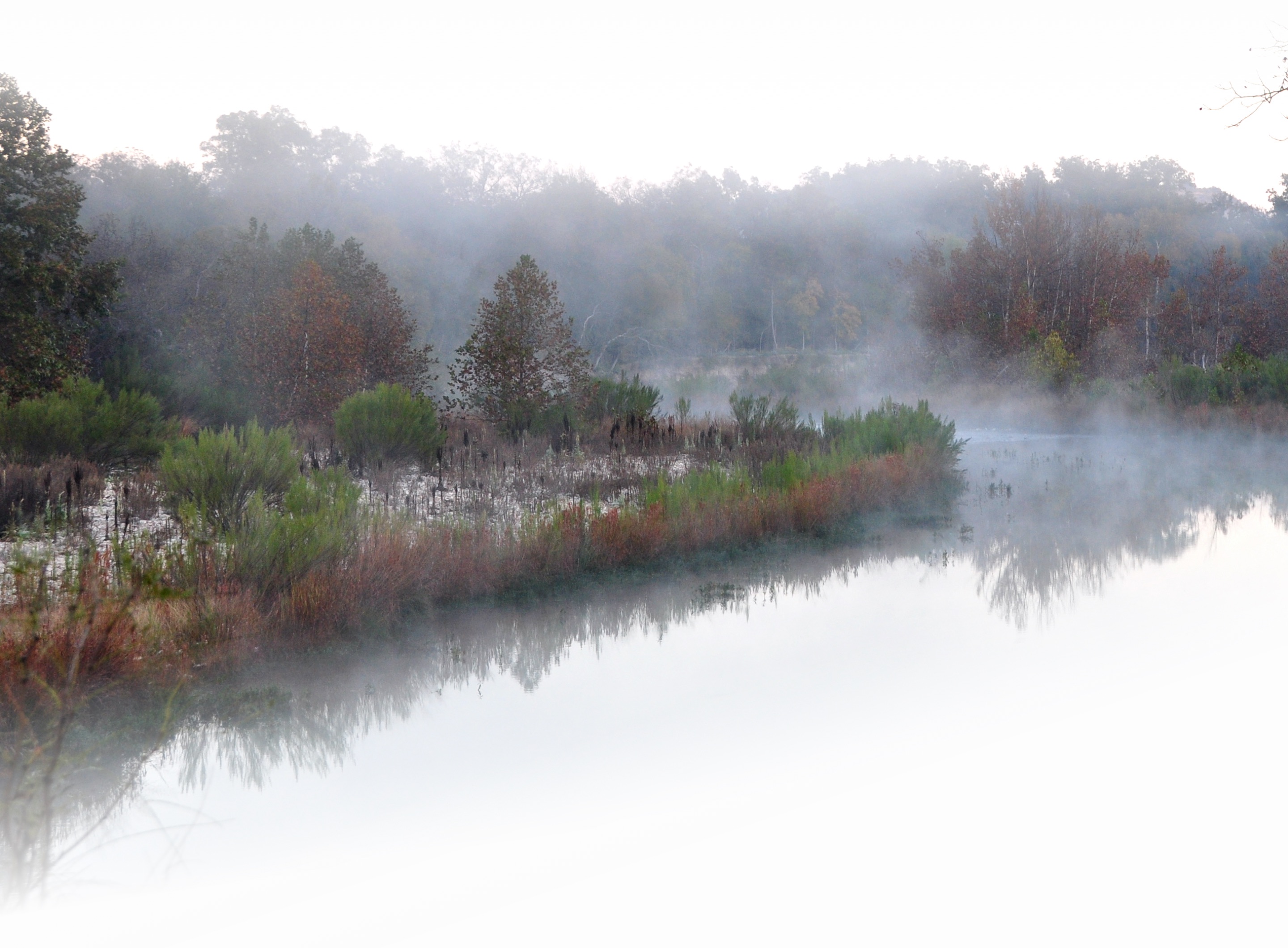Upper Llano River
Water Protection Plan
A Healthy Watershed Approach

A True Gem of the Hill Country
The Upper Llano River, which includes the North and South Llano rivers, is a true gem of the Texas Hill County. Due to the pristine nature and relatively constant flow of its springs, the Upper Llano is currently a healthy ecosystem supporting a variety of aquatic and terrestrial communities and numerous recreational opportunities.
Changes in spring flows, land fragmentation, loss of riparian habitat, spread of invasive species and encroachment of juniper species on upland habitats, however, threaten this system and are impacting stream health, water quality and flows.
Plan Implementation
The implementation of the Upper Llano River Watershed Protection Plan is on a 10-year timeframe, focusing on eight different management measures. Each measure has annual implementation milestones, expected funding needs and identified organizations that will guide and carry out each of the plan's recommended actions.
Proactive and Voluntary Actions
Potential issues in the Upper Llano were identified through stakeholder input, local project partner experience, modeling and water quality monitoring during the development of the watershed protection plan.
To proactively address the threats to the Upper Llano, local stakeholders developed a holistic set of strategies to restore and/or protect the quantity and quality of surface water and groundwater resources through voluntary, non-regulatory watershed management strategies.
- Septic Systems
Repair and replace 100 systems. - Brush Control
Treat more than 144,000 acres of brush to improve range conditions and increase water supply. - Wildlife and Exotics
Increase the number of ranches with wildlife management plans by at least two annually, particularly in riparian areas. - Feral Hogs
Decrease the feral hog population by 66% (or 26,000). - Stormwater Runoff
Identify and implement best management practices to address urban runoff. - Streambank Restoration
Begin restoration of 14 miles of areas lacking a riparian buffer and begin to improve vegetation conditions along 10% of the riparian zone. - Livestock
Enroll more than 250,000 acres of ranchlands in conservation plans. - Water Conservation
Improve water use efficiency by 10%.
Frequently Asked Questions
1. What is a Healthy Watershed Initiative and Watershed Protection Plan?A Watershed Protection Plan (WPP) is a local stakeholder-driven effort to address non-point source pollution in a watershed. Traditionally, WPPs have been developed to address existing water quality problems reactively. In contrast, the Upper Llano planning effort is unique because it is part of the Healthy Watershed Initiative. This Initiative is a new program designed to identify and proactively maintain healthy watersheds in order to preserve the economic and ecological benefits that they provide.
2. What is non-point source pollution?Pollution is characterized by the source: point or nonpoint. Point source pollution is from a permitted discharge source such as a pipe (example: a wastewater treatment plant). Nonpoint source pollution is diffuse, and described as the collective runoff from the landscape (example: failed septic tanks, fertilizers, deer excrement).
3. What are the benefits of a healthy watershed?The benefits of a healthy watershed are numerous and include such services as reduced vulnerability to invasive species and future land use changes; habitat for fish, amphibians, birds, and insects; recreation opportunities such as fishing and water-related recreation that contribute to tourism; minimizing vulnerability to floods, fires, and other natural disasters; protection of aquifer recharge zones which may reduce costs of drinking water treatment.
4. Will this result in additional state and federal regulations?No. The stakeholders are responsible for creating and implementing the plan. Stakeholders have the final say in what is in the plan. Stakeholders voluntarily choose to implement the elements of the plan.
5. Who are the stakeholders?Stakeholders will include everyone with an interest in the Upper Llano Watershed. Examples of these stakeholders include: landowners, ranchers, farmers, municipalities, business interests, recreational interests, Chambers of Commerce, Soil and Water Conservation Districts, Groundwater Conservation Districts, South Llano River State Park, oil, gas drillers and others. For the plan to be successful, everyone needs to participate and be represented.
6. What will be in the Watershed Protection Plan?The WPP will connect community decision-making to data collection and scientific analysis. Stakeholders will determine the contents of the WPP by identifying solutions that maintain healthy watersheds (preserve the economic and ecological benefits that they provide). Examples include best management practices that may be voluntarily implemented to address identified concerns related to land fragmentation, noxious woody vegetation, aquatic invasive species, groundwater availability, and the potential for aquifer contamination.
7. Who will have the final say in what goes in the plan?Stakeholders who participate in the Watershed Protection Planning process will have the final say.
TTU Center at Junction
-
Address
Texas Tech University Center at Junction | 254 Red Raider Ln. | P.O. Box 186 | Junction, TX 76849 -
Phone
(325) 446-2301 -
Email
ttujunction@ttu.edu
